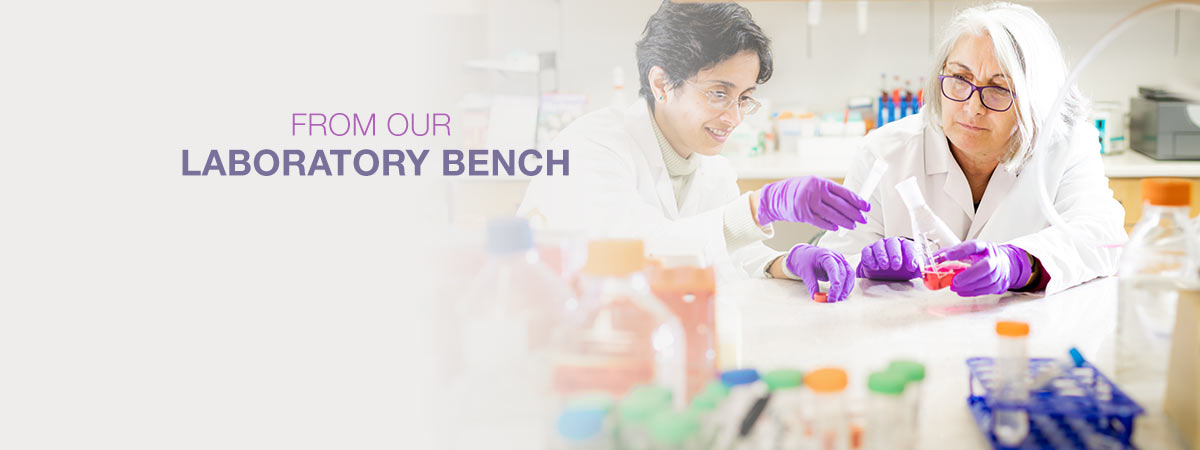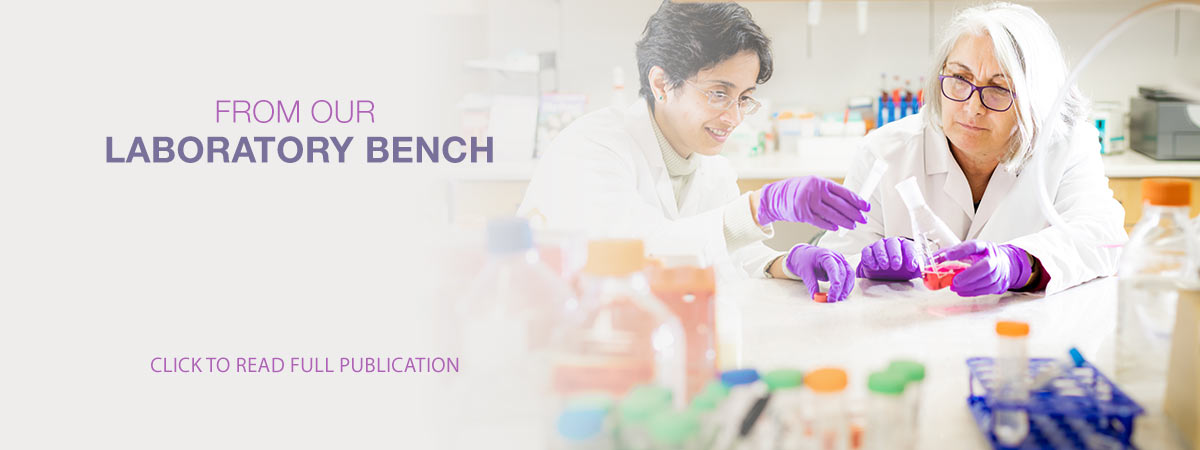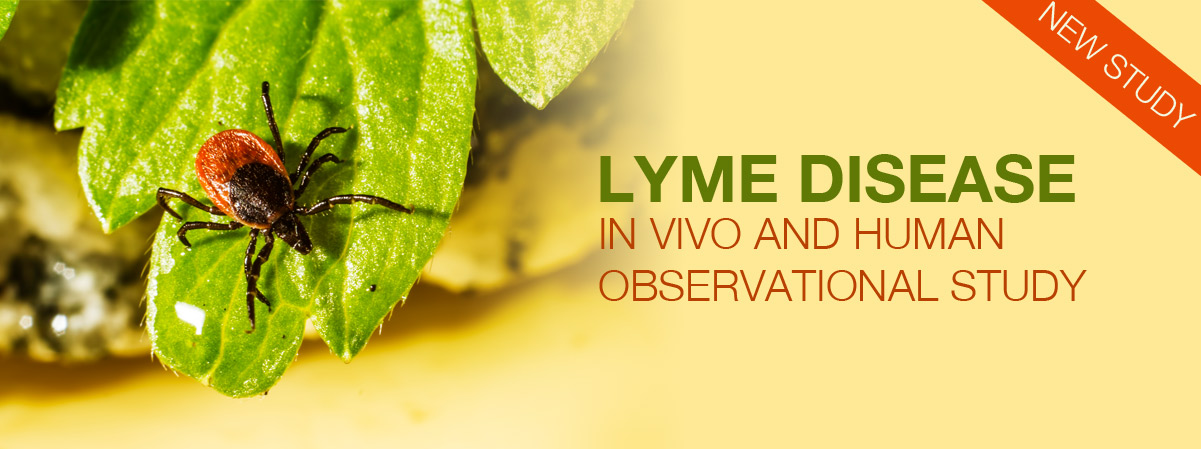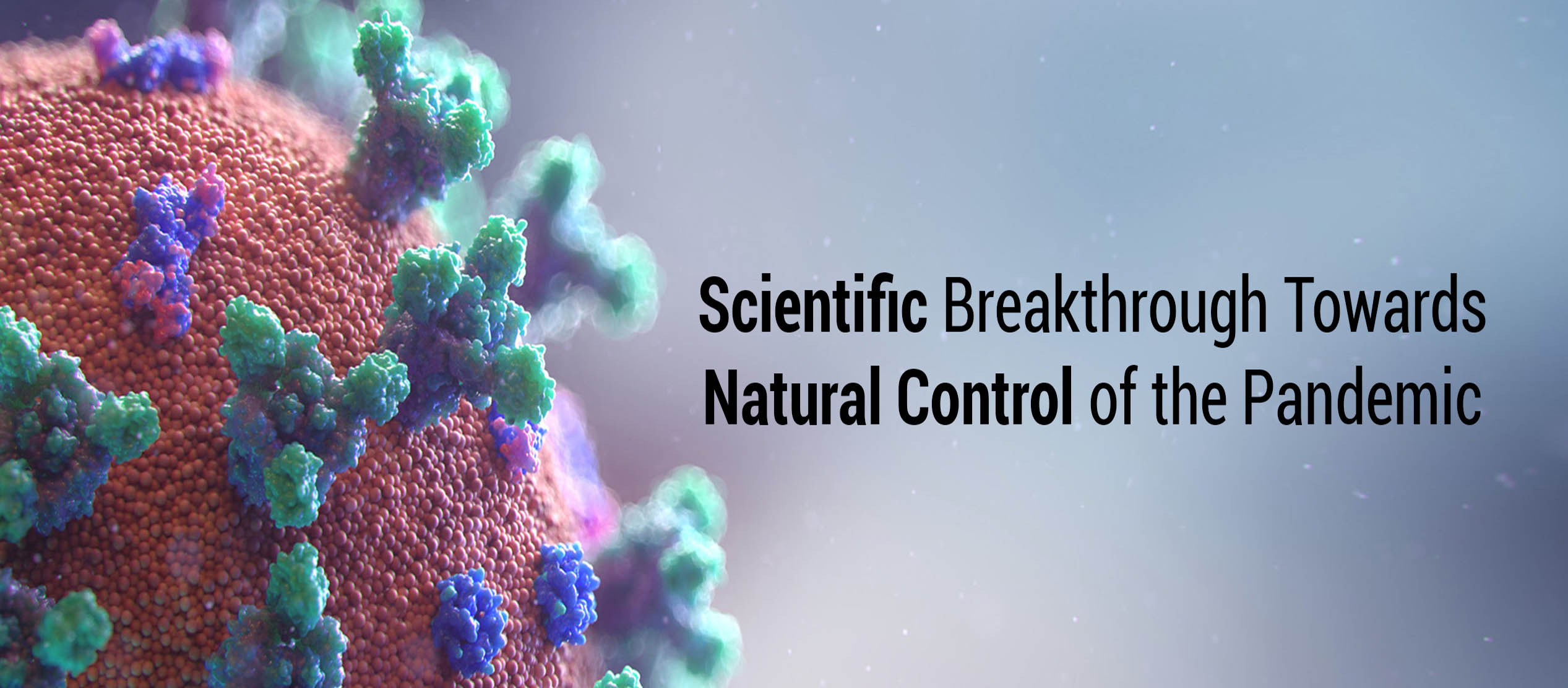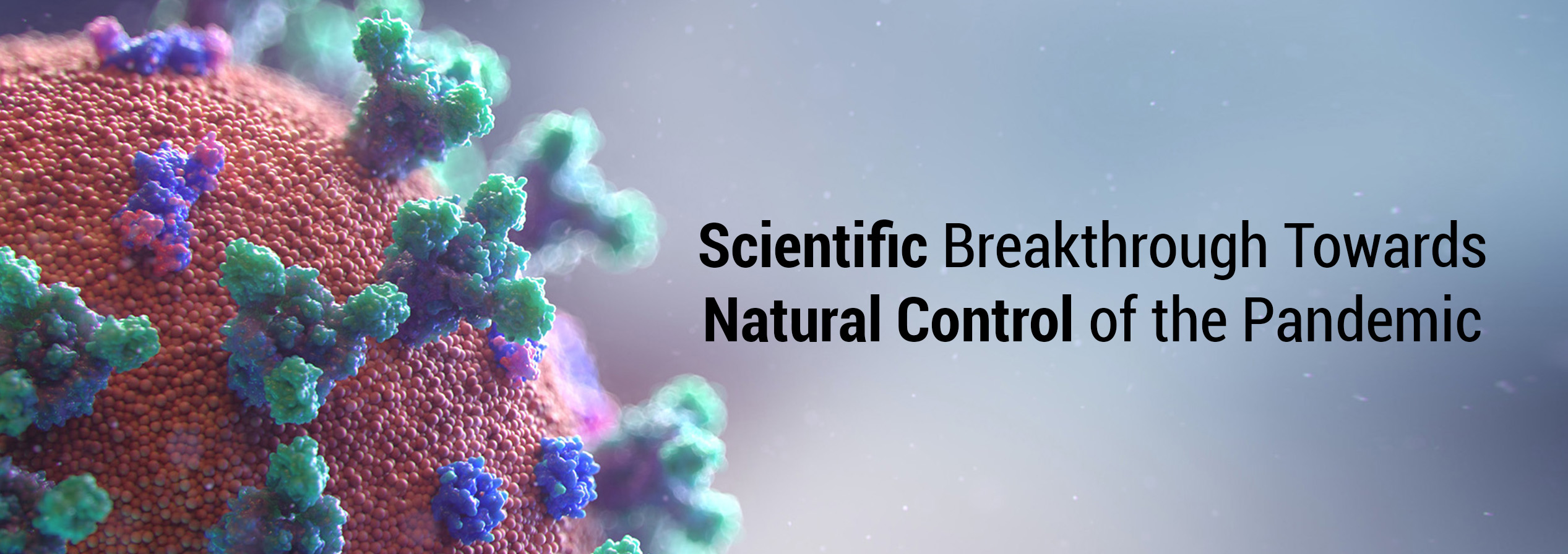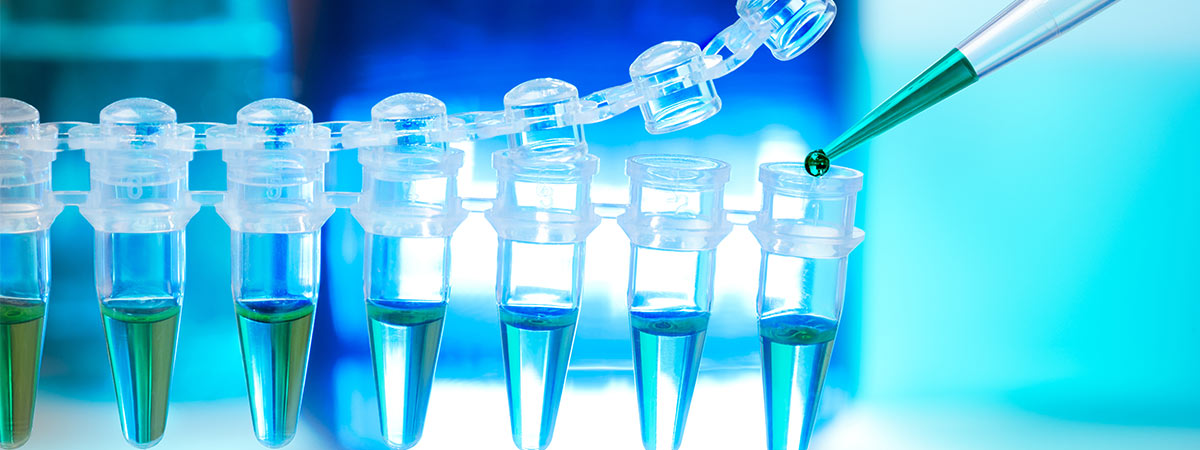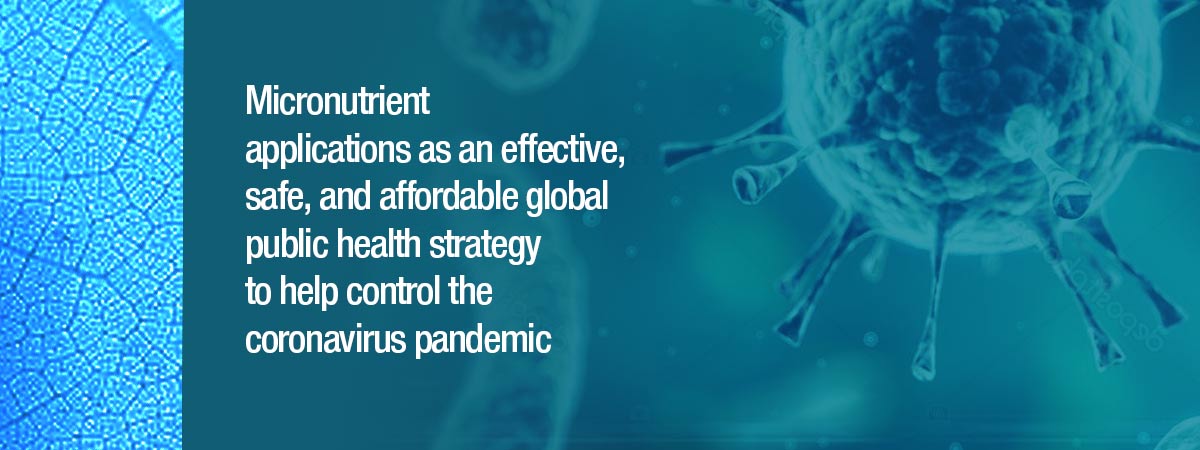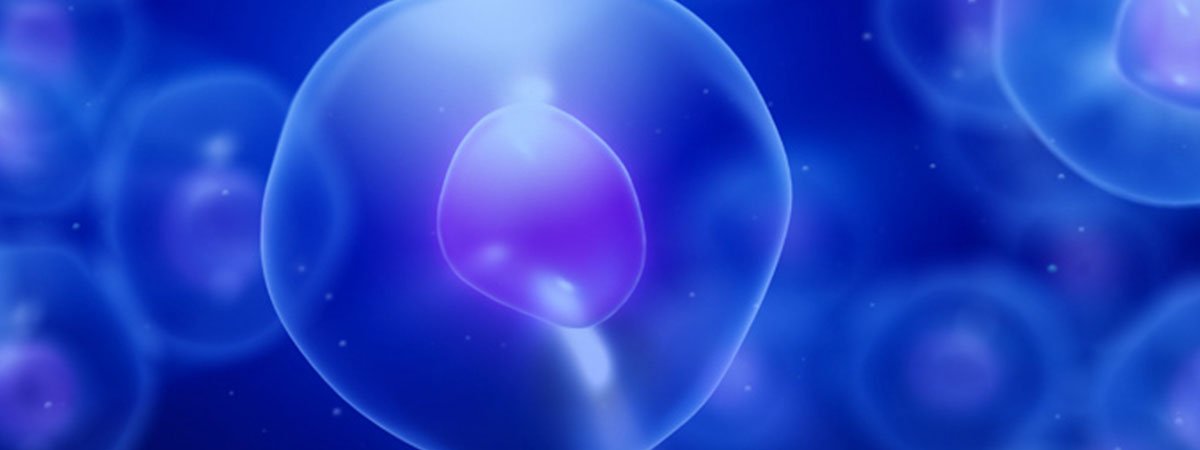M.W. Roomi, T. Kalinovsky, M. Rath, A. Niedzwiecki
Dr. Rath Research Institute,1260 Memorex Drive, Santa Clara, CA 95050
Nutraceuticals – Efficacy, Safety and Toxicity, ed. R.C. Gupta, Elsevier 2016, pp 135-144
Abstract:
The mainstays of cancer treatment are surgery, chemotherapy, radiation and immunotherapy. Although each has benefits, none of them is ideal, because with all these strategies the quality of life is compromised. Therefore, it is not surprising that 80% of cancer patients seek alternative therapy, which includes antioxidants and other essential micronutrients. We have developed new approaches to prevent cancer development, progression and metastasis using naturally occurring micronutrients containing lysine, proline, ascorbic acid and green tea extract (NM) that act synergistically by strengthening collagen and connective tissue.
We demonstrated that this NM exhibited anticancer activity in vitro and in vivo in a number of cancer cell lines derived from organ malignancies by inhibiting several of the hallmarks of cancer including cell proliferation, invasion, metastasis, angiogenesis and induction of apoptosis. The NM inhibited in vitro proliferation of a wide variety of cancer cells in dose dependent fashion. The NM also inhibited growth of cancer cells implanted as xenografts in athymic mice. In addition, the NM also inhibited N-methyl-N-nitrosourea-induced mammary carcinogenesis, urethane-induced lung carcinogenesis and dimethylbenzoanthracene-induced skin carcinogenesis in rodent models. Further, the NM also inhibited invasion of a variety of tumor cells through Matrigel and reduced cancer cell migration in scratch test in a dose dependent manner. Our studies also demonstrated that the NM inhibited pulmonary, hepatic, testicular, peritoneal, splenic, kidney and heart metastasis in mouse models. Upregulation of activities of MMP-2 and MMP-9 and u-PA and down regulation of TIMPs are associated with cancer metastasis. In a number of cancer cell lines, NM inhibited the activity of MMP-2, MMP-9 and u-PA and increased the activity of TIMPs, suggesting that this could be the mechanism by which the NM exerts its effects on metastasis. Further, the NM also inhibited angiogenesis in an in vivo model of CAM assay in a chicken embryo, inhibited b-FGF induced vessel growth in a mouse Matrigel plug assay, inhibited blood vessel formation in tumors in a xenograft mouse model and also inhibited capillary tube formation. At a biochemical level, the NM decreased in vitro expression of pro-angiogenic factors such as VEGF, angiopoietin, b-FGF, PDGF and TGFbeta-1. Furthermore, the NM induced apoptosis in a number of cancer cell lines by up and down regulating several genes including caspases and bcl2. NM also modulated inflammatory proteins Cox-2 and iNOS. In summary, these results clearly indicate that the NM inhibits all the hallmarks of cancer development and offers unique benefits in fighting cancer.
Running title: Nutrients inhibit cancer progression
Key words: nutrient mixture, tumor growth, metastasis, MMP-2 and -9, uPA, TIMP-2, invasion, migration, apoptosis, angiogenesis, inflammatory proteins
Access: http://www.sciencedirect.com/science/book/9780128021477
